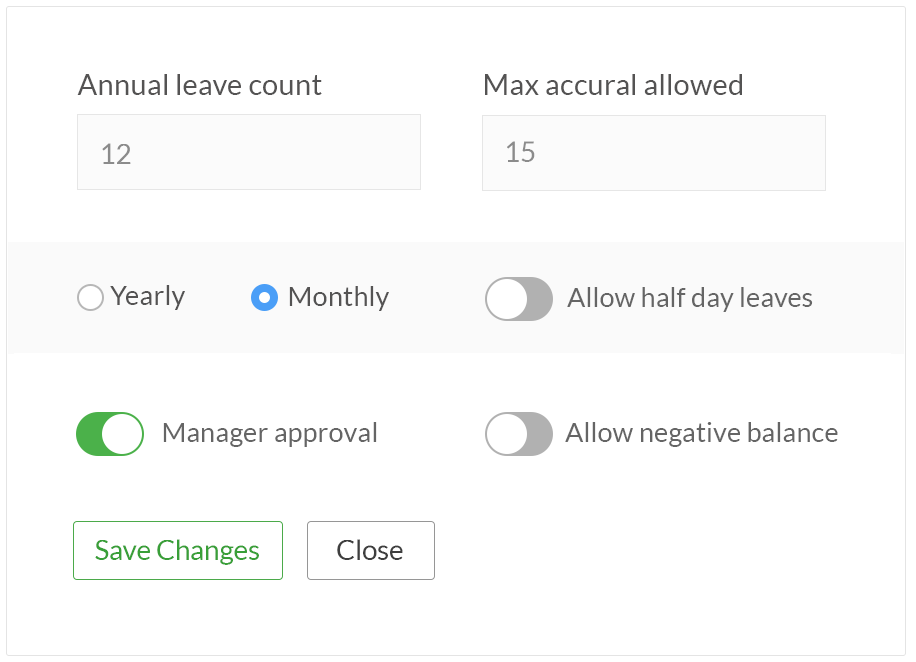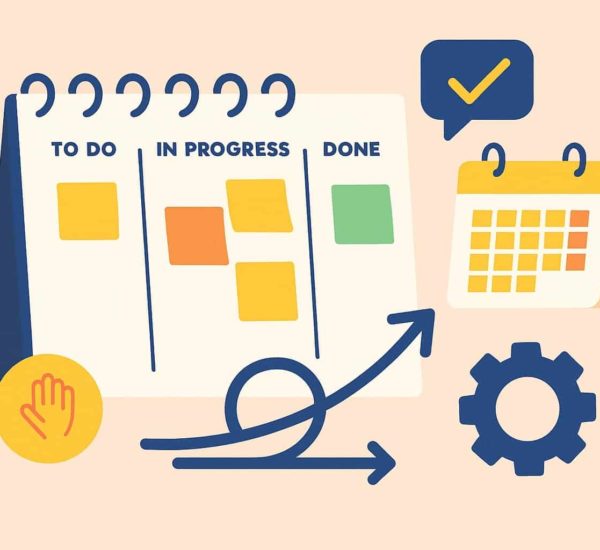It’s impossible to avoid hearing about people grumbling about the low number of leave days their company gives them. Even before you start working, the one question on everyone’s mind is the leave policy.
As newer generations join the workforce, the priorities of an average worker are shifting. The younger generation is more focused on having a work-life balance, ensuring they maintain their own identity outside of work and rightfully so.
According to QuickBooks, 76% of American workers said that it’s very important that employers provide paid vacation time.
As an organization, you can’t ignore this shift because doing so can mean losing out on talent that is sure to take your brand to greater heights. That’s why companies need to adapt their policies to keep their employees satisfied and to ensure they attract top talent to join them.
But, this doesn’t mean that you give your employees a lot of leave days or even an unlimited number of leaves and let them be. Instead, you need to create a balance. Set up a clear leave policy and give employees a little freedom to wind down. But also monitor their leave days to avoid being taken advantage of.
Sounds like too much work?
Your guide to creating a leave policy
With this guide, we want to make it easier for you to create, implement and manage your leave policy. Because for most, leave policies are either too scattered or not paid attention to at all!
After all, offering an unlimited vacation policy should not backfire. Right?

Creating your company’s leave policy
As a company, you need to take a call on the kind of leave policy you want to implement on your employee. Typically, companies have 3 kinds of leave policies—
- Fixed number of leaves that are given annually and can be used at any time.
- Set a number of leaves that are gathered on a daily, weekly, or monthly basis.
- An unlimited number of leaves that don’t have any restrictions on the employee.
It’s important to note that an unlimited number of leaves does not mean that employees can be absent from work all the time.
Most companies with such a policy have employees who are responsible for the number of leaves they take. This lets them limit their leave days as much as possible. Such a policy is beneficial for employees who have chronic illnesses or might have to take care of a family member.
The must-have components of a leave policy include:
- Different types of leaves that an employee can avail
- The rules for each type of leave
- Weekend policy
- List of holidays
Looking for a template to start defining your leave policy? Check out these company policy templates by Workable.
The rules in your leave policy must also be well-defined. So once you have identified and listed down the type of leaves an employee can take, define the following:
- Entitlement – The number of leaves an employee can take, how often they can take them and when.
- Availing – How often an employee can avail leaves, the limits on each type of leave, restrictions, etc.
- Eligibility – Who out of your employees are entitled to what type of leaves.
- Approvals – When applied for, who is responsible for approval and managing leave limits.
- Carryforwards – The maximum number of leaves that an employee can carry forward into the next year, lapses, etc.
- Club and cover – Rules for clubbing and intervening weekends or holidays for longer leaves.
- Encashment – The amount of money an employee can receive in exchange for a period of leave not availed by them.
- Additional Documentation – For sick leave, maternity leave, etc.
Once you’ve decided on the kind of leave policy you want to set in place, it’s important to document it. You can do this documentation in either your team’s wiki. Or in a document that can be easily shared with and accessed by everyone in the team.
Here are a few tips to help you set down a leave policy that suits both you and your employees:
- Your leave days must account for the different kinds of leaves that your employees would need. These include vacation days, national holidays, festival leaves, sick days, family and medical leave, pregnancy leave, leaves for disabilities, parental leave, personal leave, to name a few.
- Check your country or state laws to ensure that your company follows any leave mandates put down by law.
- If you have a leave policy that gives employees an unlimited number of leaves, consider adding a clause that holds employees accountable.
- Specify that employees need to document their work well to make it easier for someone else to take over, in case of an emergency.
PTO policy, unlimited vacation policy, paid time off policy, or bereavement time off and more. Remember to clearly state the rules of each and educate your employees about them.
Implement Your Leave Policy with AttendanceBot
Effective leave policy isn’t just on paper. It’s just as important to ensure you are managing this well. But, for many companies, a leave management system is usually too long.
The employee emails the HR and manager requesting leave for a certain reason. The manager emails back approving or denying it and the HR notes down the leave days accordingly.
This back and forth is not sustainable, especially as your team grows. Imagine manually recording every 100 odd leave requests multiple times in a year!
This is why you need an automated leave management system that handles leave requests seamlessly.
With AttendanceBot, your leave management is smartly automated. Employees can request for leave within the workplace communication tool they use, like Slack or Microsoft Teams. This request reaches as a message to the manager assigned to the employee.
Once the manager approves the leave, it is recorded within your AttendanceBot dashboard. A notification is sent to HR as a heads-up. This way, no one has to deal with incessant emails and leaves can be managed quickly. Day off requests can be managed with a single click!

As the HR, you can track all the leaves taken by your employees on the bot’s dashboard. You can also raise concerns about an employee’s leave days. All without spending too much time having to manually count or filter it. You never have to spend hours on a spreadsheet again!
Do you have a leave policy ready?
No matter how big or small your company is. Irrespective of the number of employees you have. Leave policy is a must.
It helps your employees understand what you expect from them. It also helps you plan your growth roadmap effectively.
Imagine not having a leave policy. You’re going through a massive growth phase that defines your success or failure. Now imagine having all your core team members go on leave. An absolute nightmare, right?
Well, with this guide, you can avoid it all. Setting up your leave policy may look overwhelming. But it helps you avoid internal conflicts and stay on the path of growth. For instance, differentiate between what is a bereavement leave and paid time off. It can avoid a lot of conflicts and confusion.
Looking for more such tips for your company to make modern HR more efficient? Don’t forget to subscribe to our blogs!



